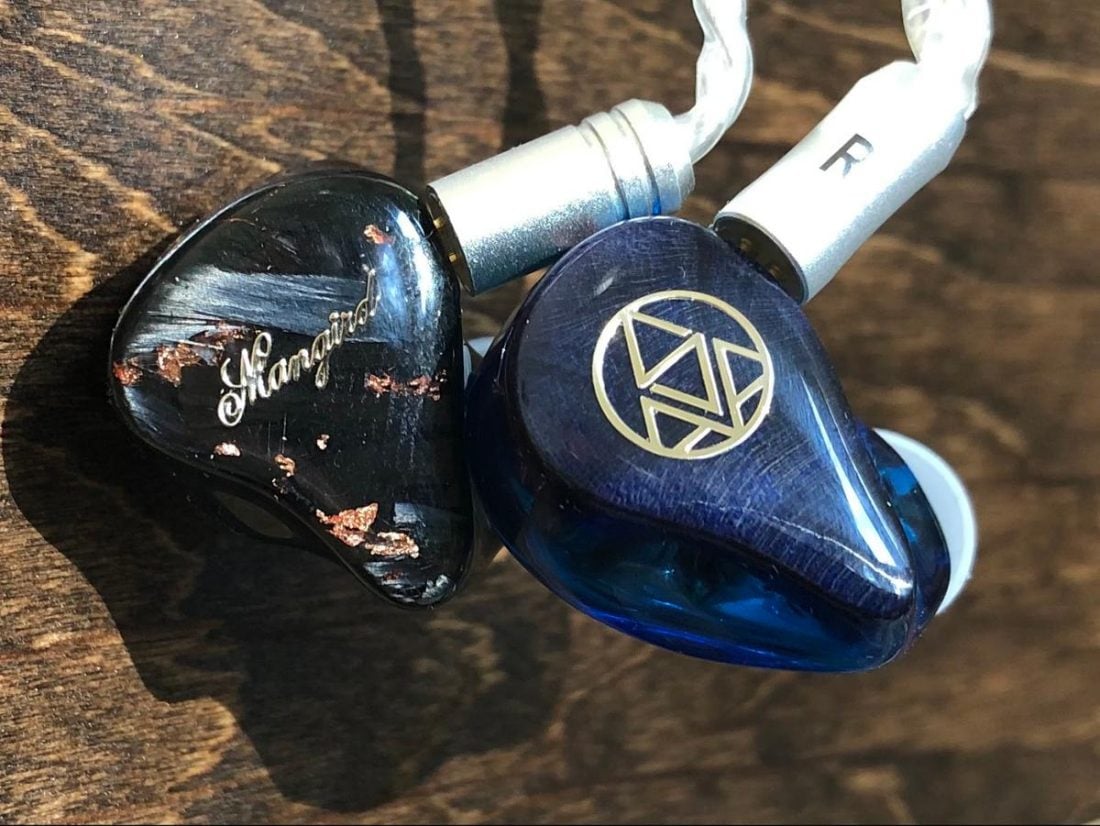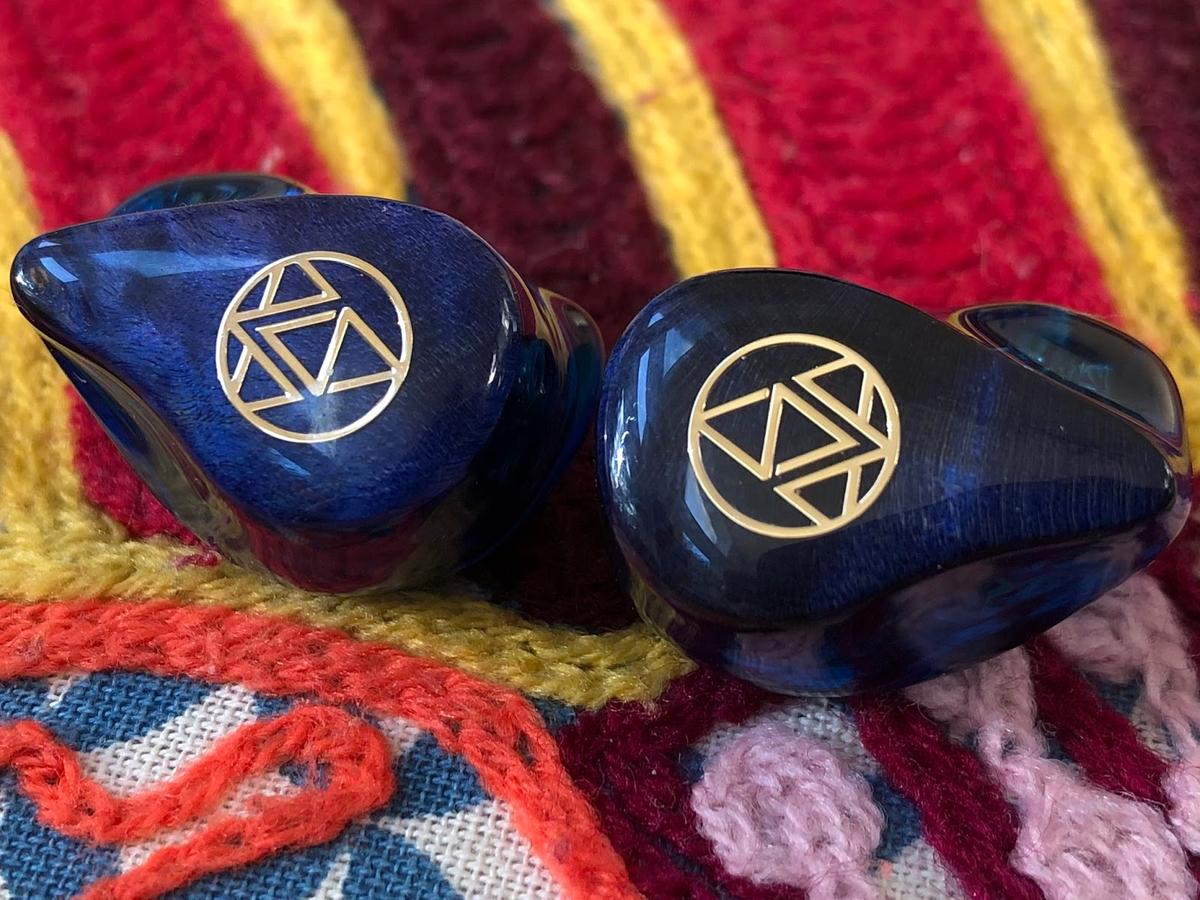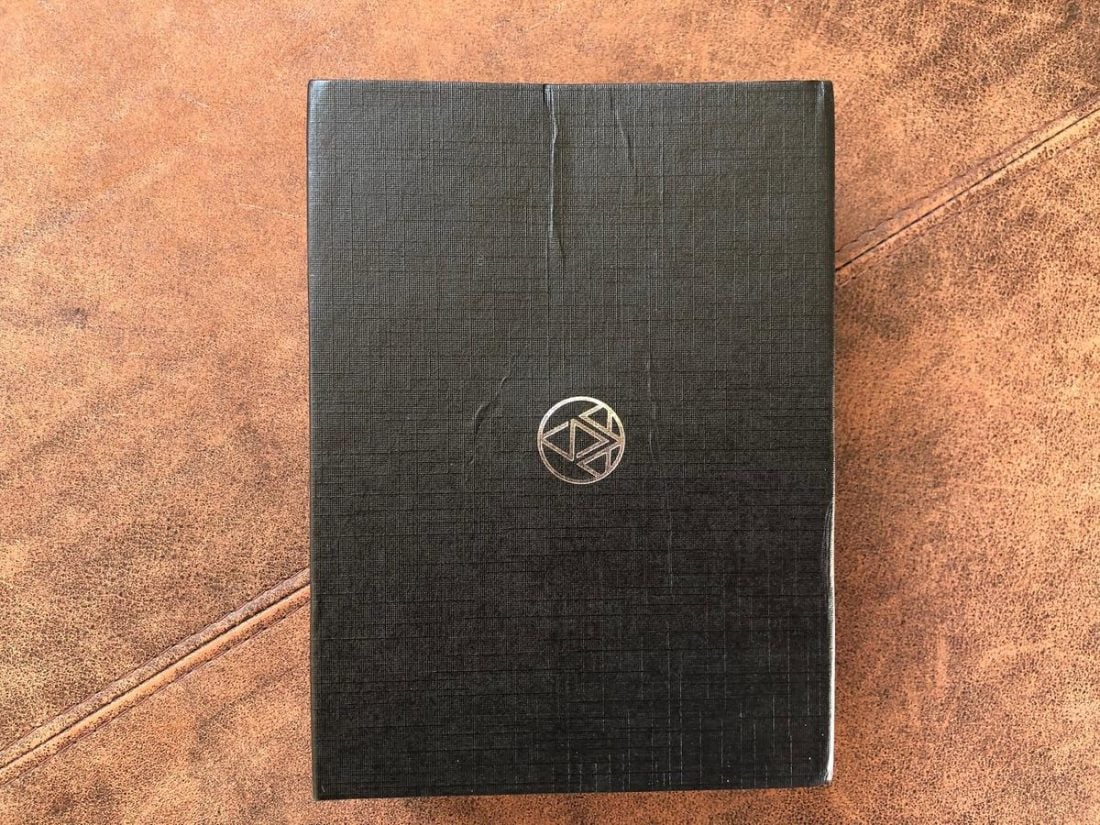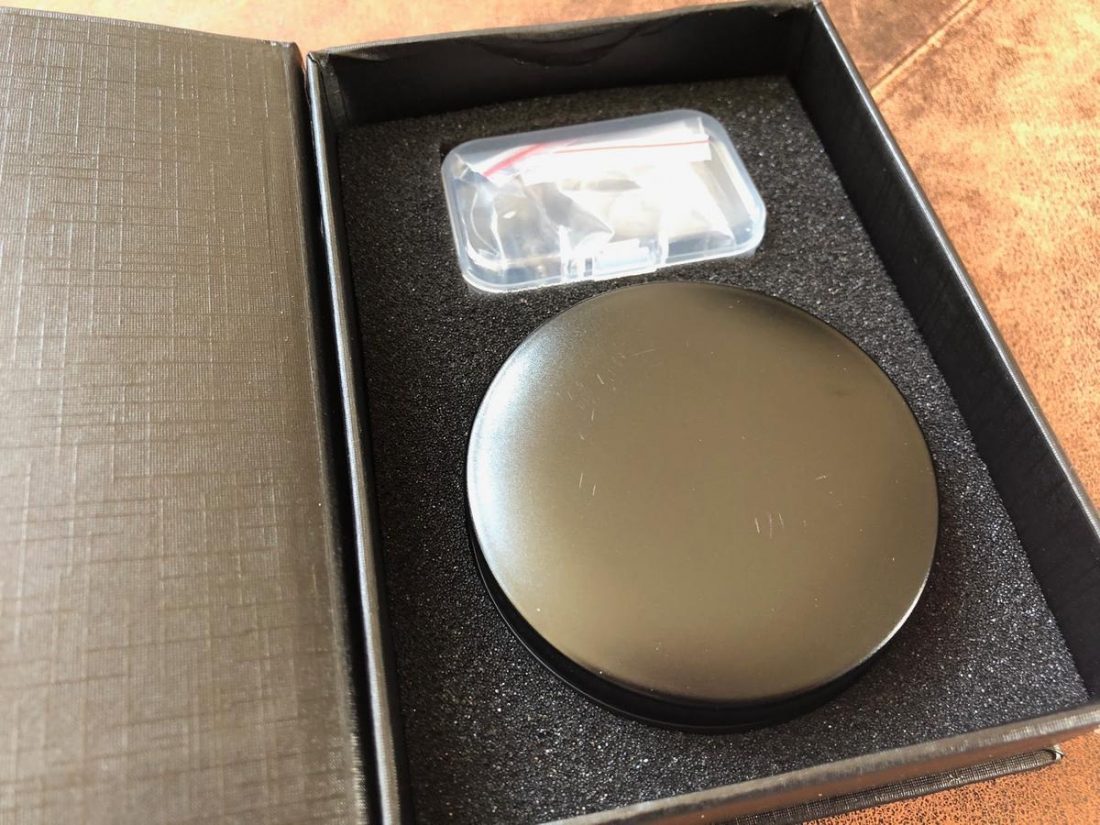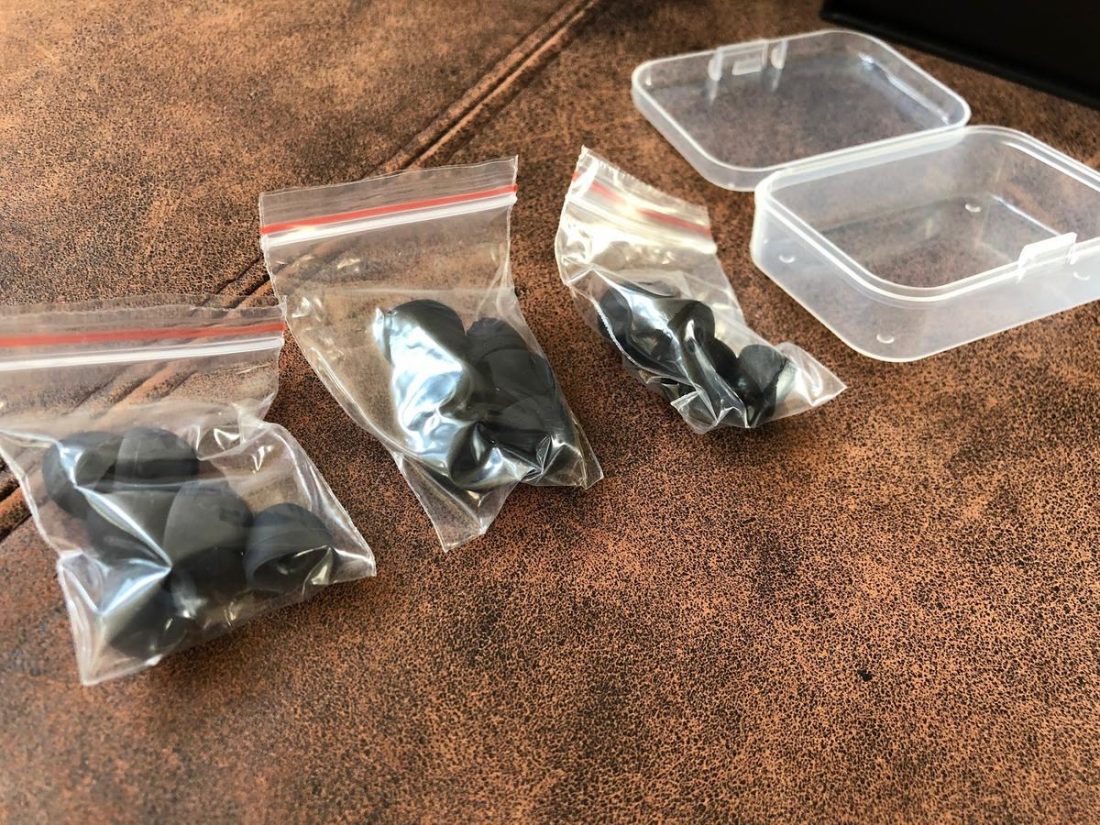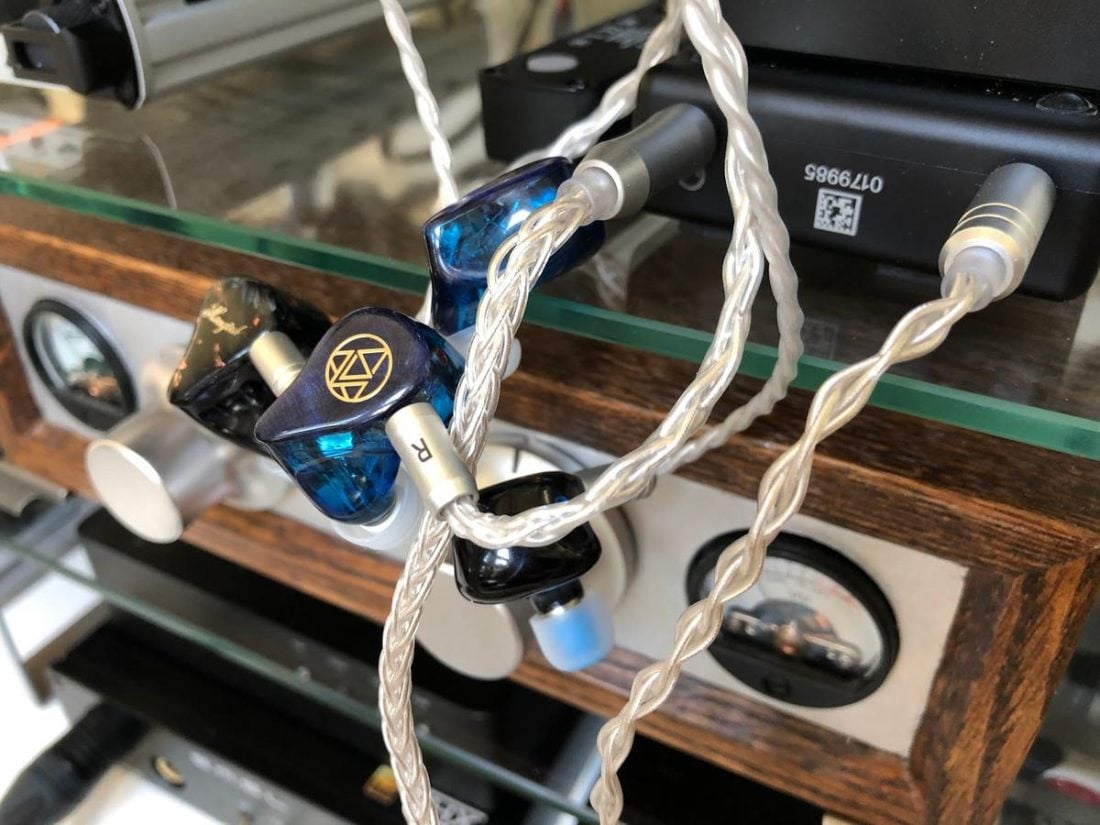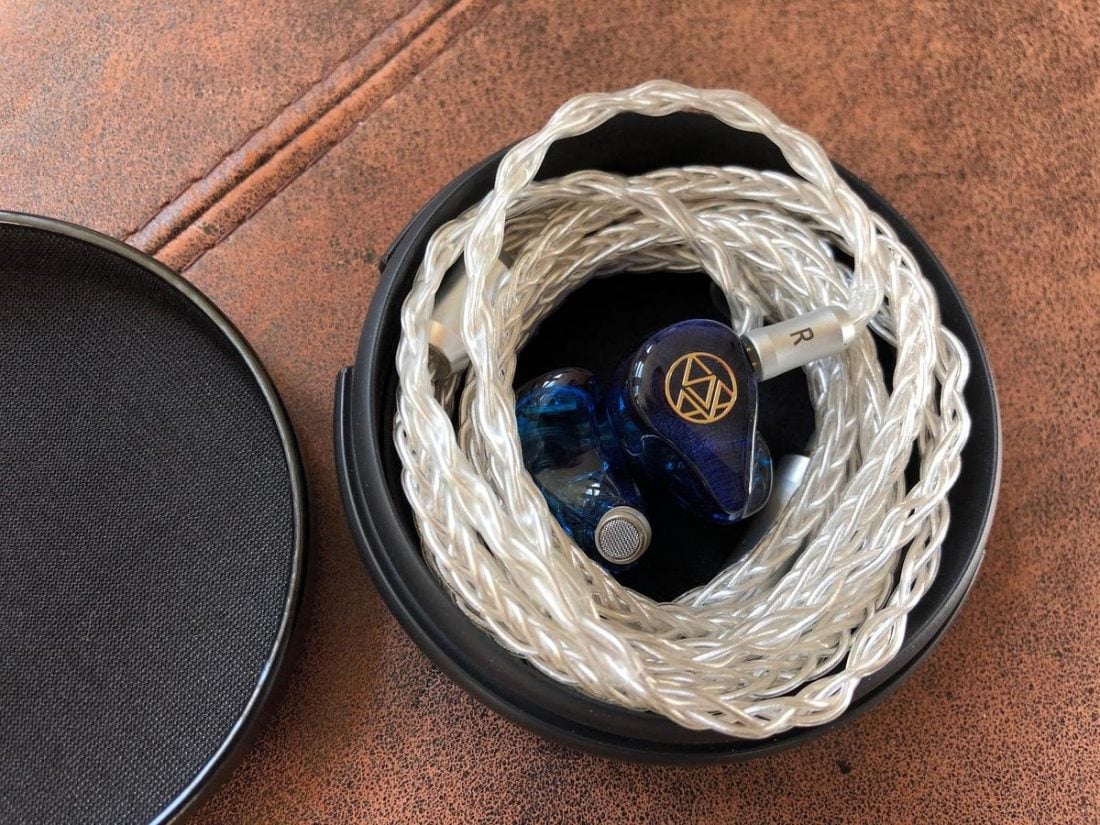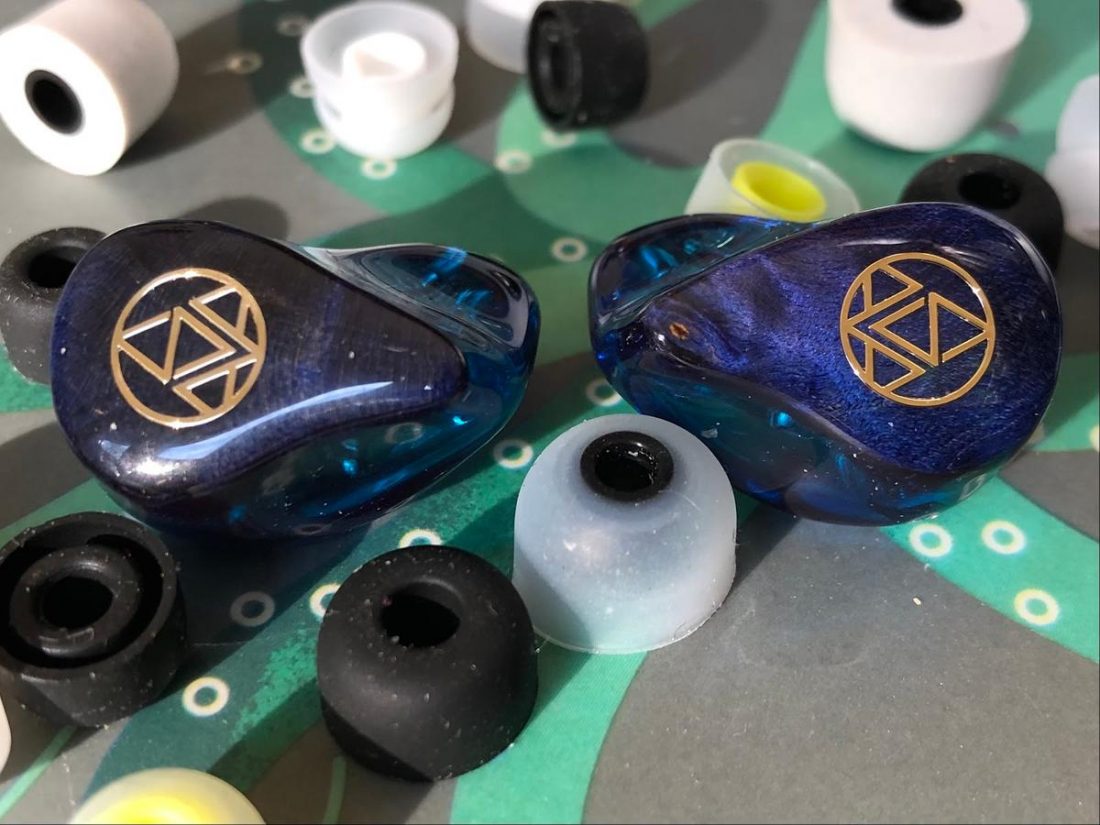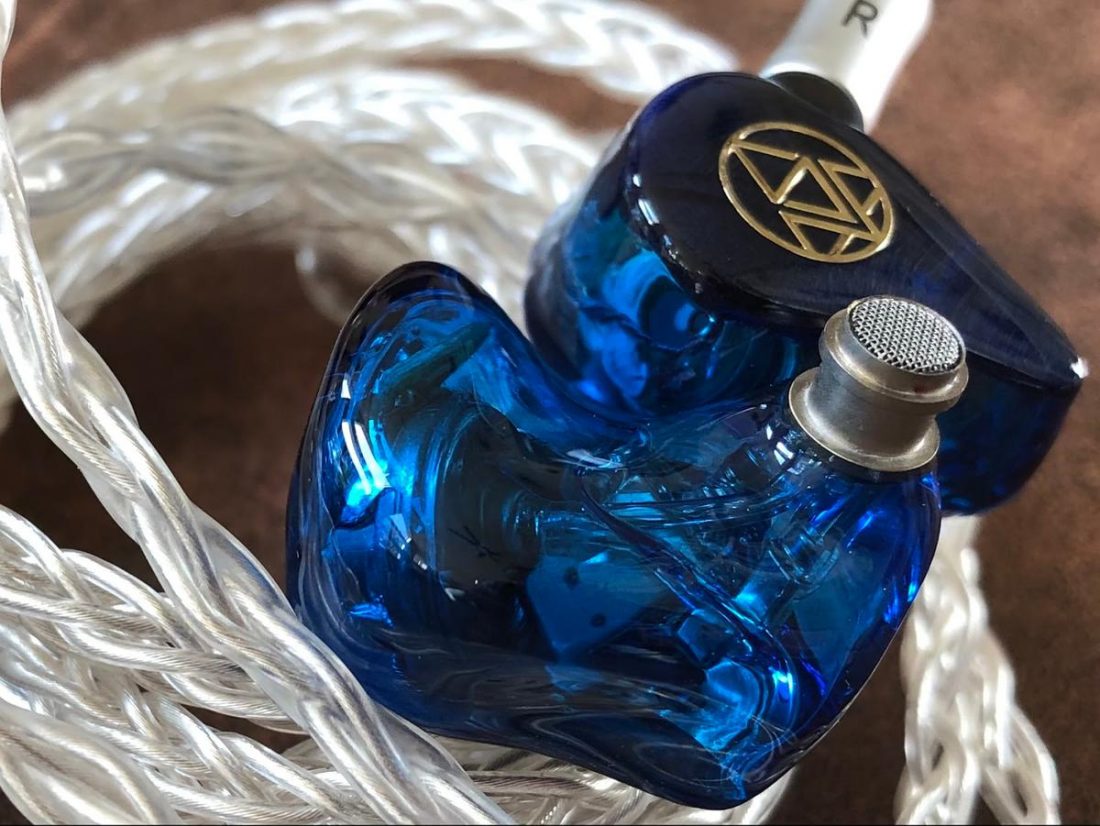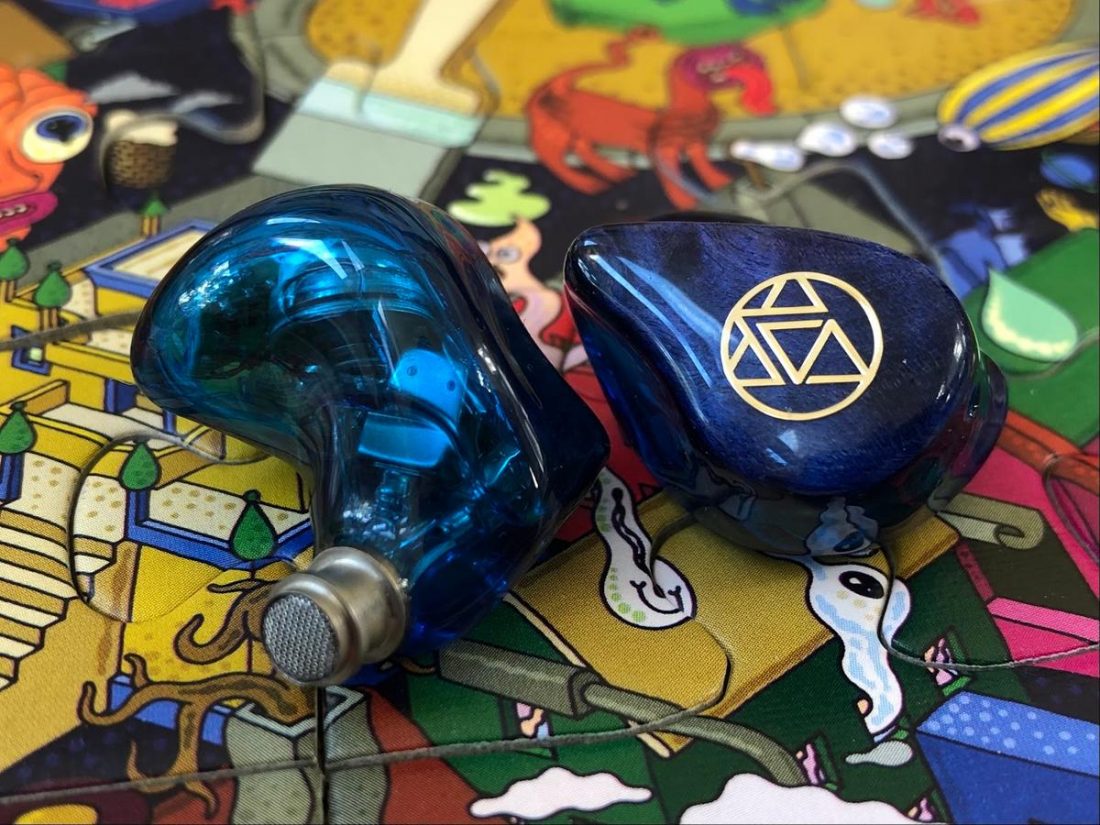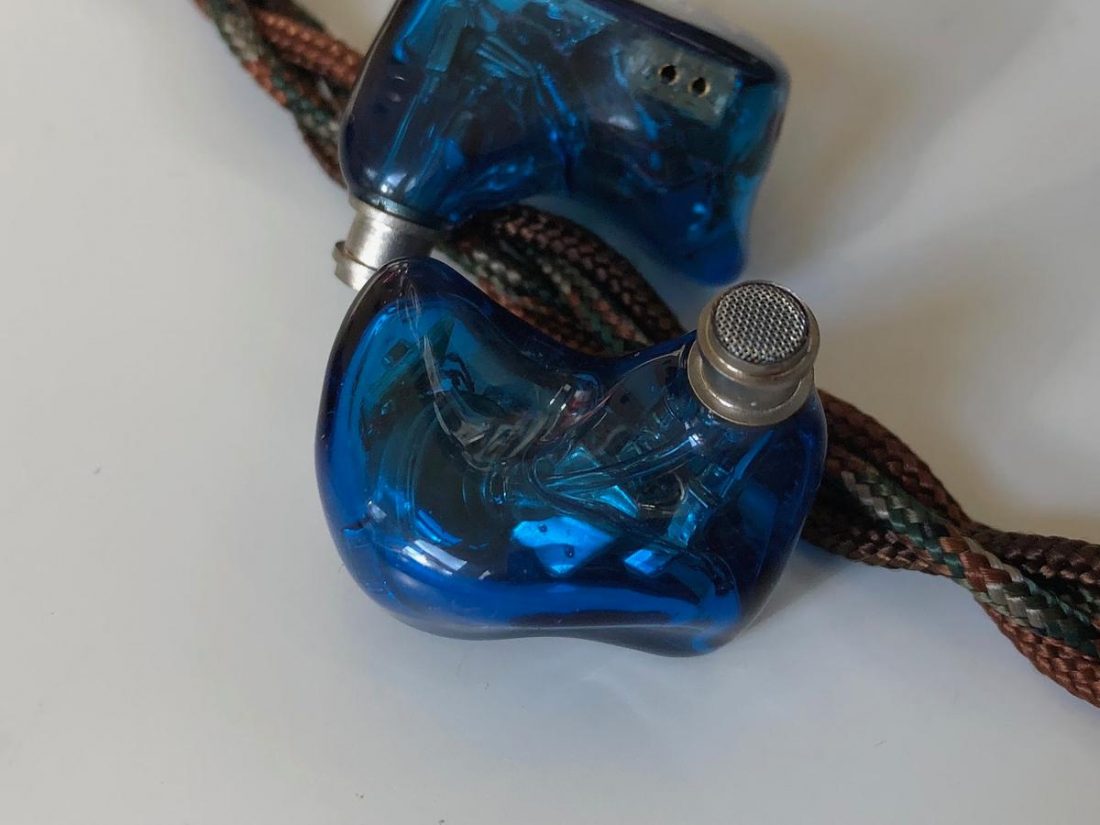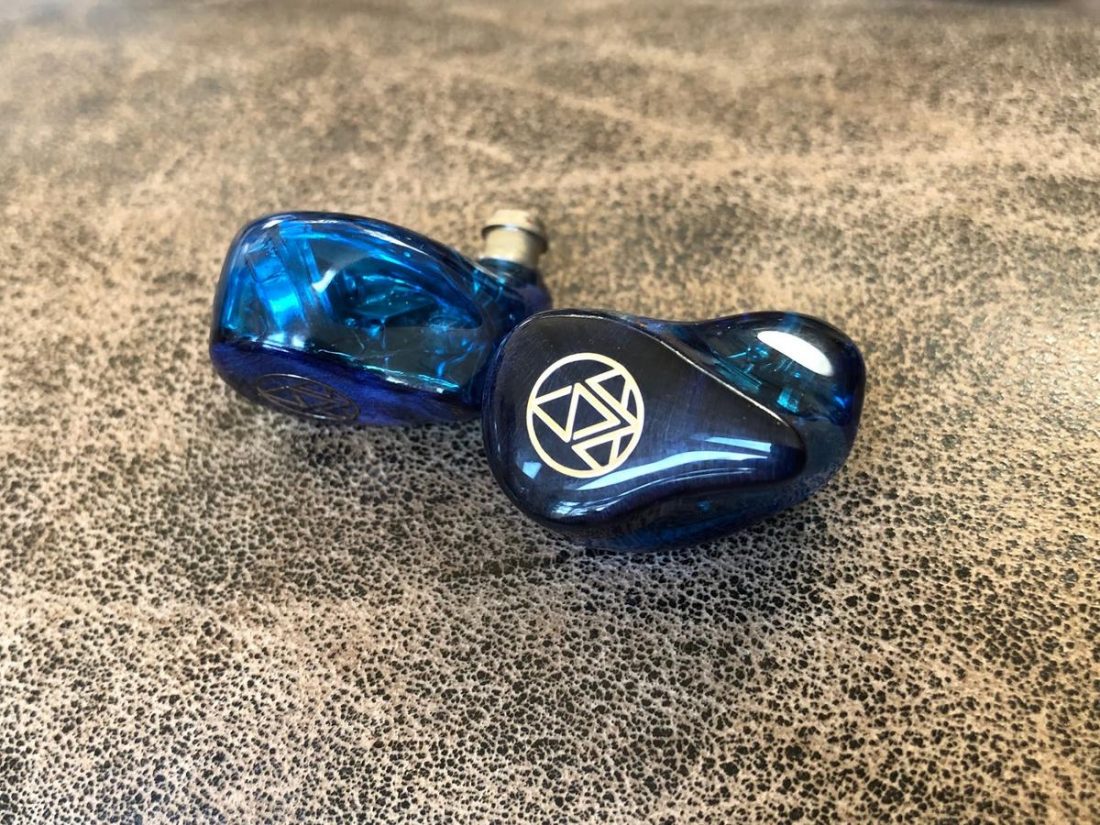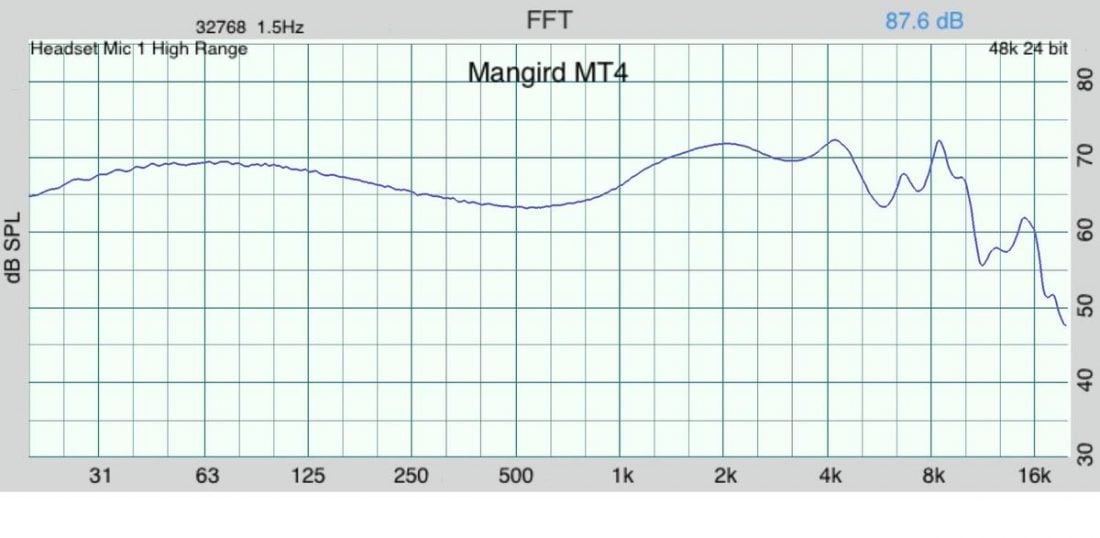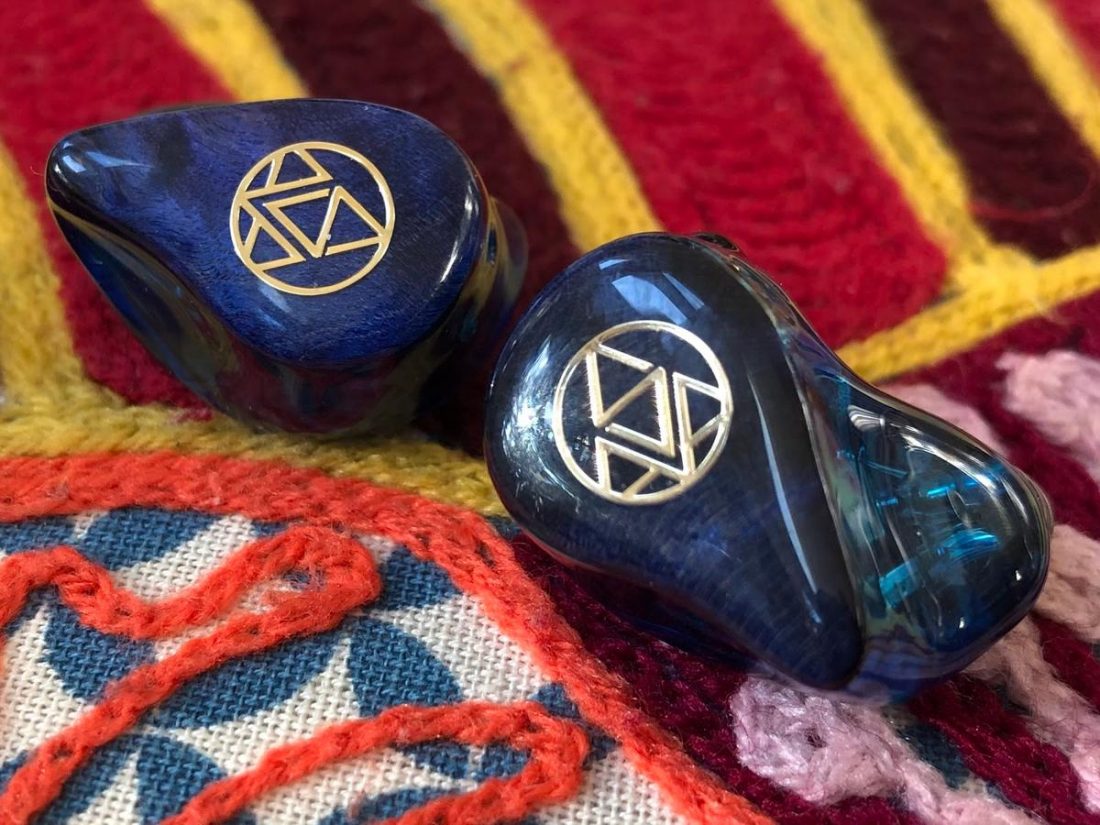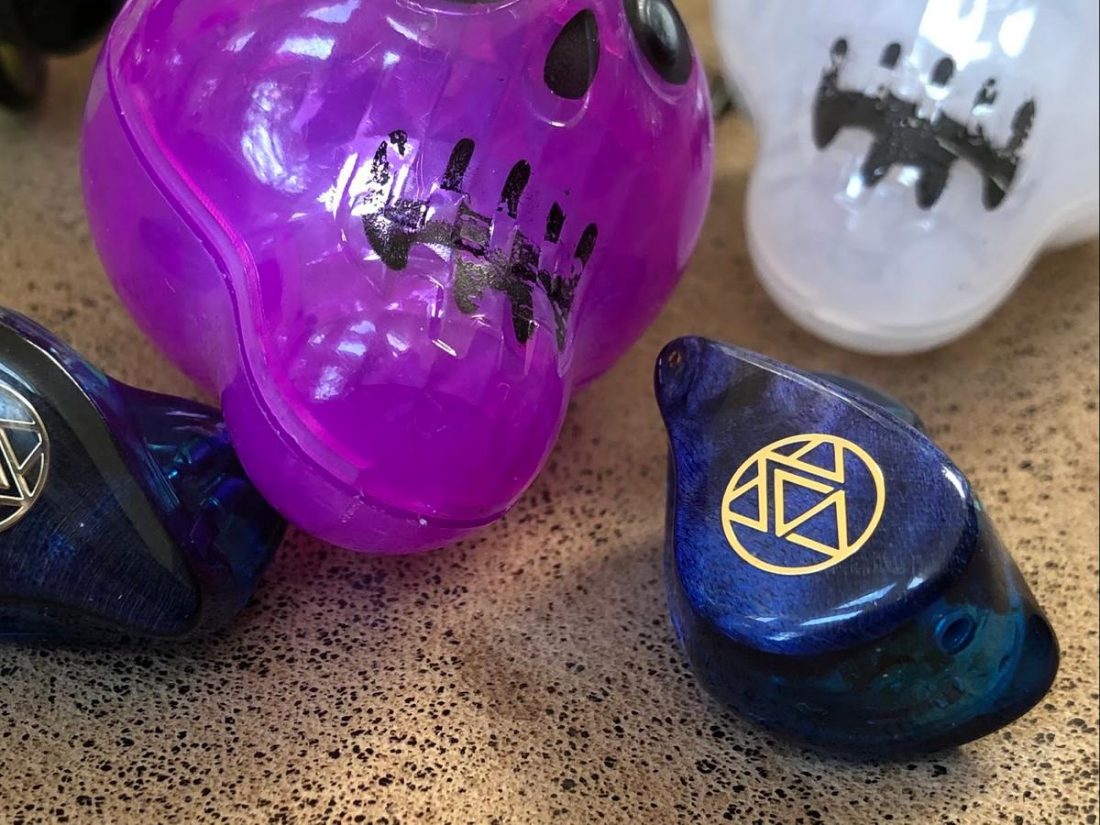It’s true that I have no idea what a Mangird is. Most likely, neither do you. But that’s never stopped us before, has it? Going from experience, research, and much head-scratching, I’ve determined that Mangird is a Chinese hybrid IEM manufacturer, which until recently sold only domestically. Linsoul appears to be its sole international distributor. And that’s still just about all I can tell you. Now from Mangird comes their fourth hybrid IEM model, the MT4 (after the Ten, Six, and Tea). Mangird’s naming convention baffles me, as the Ten has 5 drivers per side, the Six has 4, the Tea has 7, and the MT4 has 4. Is MT short for Mangird Tea? Who knows? Unlike the beverage, I really enjoy the Tea IEMs. At USD $300, the Tea aren’t exactly a giant-killing bargain, but I find their fit and excellent balanced sound to be (seemingly) custom-designed for me. With that in mind, I was pretty excited to hear that Mangird would be putting out a follow-up to the Tea. What’s even more interesting is that the MT4 has greater potential to be giant-slayers, as their price is a more reasonable USD$200. Can the MT4 deliver the tastiness of the Tea’s magical blend at a new lower price point? Onwards dear readers, onwards to find out!
MT4 Specifications
Dynamic Driver: German imported biology diaphragm dynamic driver for bass Balanced Armature: 2Sonion 23 series balanced armature for mid-high frequency + 1Knowles 33518 balanced armature for ultra-high frequency Design: Hybrid 3BA+1DD Frequency Range: 20hz-44kHz Impedance: 22ohm Sensitivity: 112dB Connector: Default 3.5mm + 0.78mm 2-pin (MMCX available). Cable: 1.2 m. Detachable 6N OCC Silver-plated Colors: Green or Blue translucent resin with wood grain faceplates
MT4 Packaging
As they say, “if it ain’t broke, don’t change a gosh-darned thang.” Back again is a basic black cardboard box (although to be fair, it now opens like a book cover and has a more intricate gold logo centered on the front). Found inside is the familiar round, metal, puck-like case and clear plastic box containing bags of extra ear tips, all nestled securely in cut out foam. I found the packaging entirely functional (if not exactly extravagant) for the Tea, and still do for the MT4.
In the box
Mangird MT4 earphones Round black metal storage case 2 pairs of grey foam ear tips 3 pairs of black silicone ear tips (S/M/L) 2 pairs of clear silicone ear tips (S/L) (yellow/clear, black/clear)
I seem to be amassing a number of identical metal storage cases, as the Thieaudio Voyager 3 and Legacy 3 both share the same as Mangird (although the Thieaudio cases are branded). It’s the size and shape of a hockey puck, sealed with a rubber gasket around the middle, and it functions reasonably well to keep what’s inside safe. Again, as with the Tea, the assortment of included ear tips is generous. The mid-sized dual-flange silicone ear tips seem to fit my ears well. Which is good, because for some reason, the blue/clear silicone tips that were my preference (and stock installed) on the Tea were missing this time around. Measurements and listening tests were primarily done with the dual-flanged combination.
Cable
The MT4 cable is slightly different from the cable that is included with the Tea. This time the cable is a 6-core weave, rather than the Tea’s thinner 4-core weave. The rubber coating is not quite as supple as my favorite, the Thieaudio Voyager 3 cable, but is a noticeable improvement over the Tea’s cable. The color of the cable and connectors is the same as the previous one, however, the quality of the metal 3.5mm and 0.78 2-pin connectors is noticeably more solid and polished. This is a very nice included cable. Mangird claims that this new 6N (that is 99.9999% pure) OCC (Ohno Continuous Cast) cable is silver-plated and that it makes the sound “more balanced and lossless”. Regardless, it worked perfectly for all my listening. The chin slider is a clear bead that appears to be identical to the one on the Voyager 3 cable. Perhaps Mangird heard my pleas for a better cable and now use the same OEM cable provider? In any case, I’m not complaining. The connectors on the IEM side are 2-pin 0.78mm and flush with the IEM body. This seems to be becoming the standard for midrange IEMs. Frankly, I’ll be happy if everyone just picks one standard and goes with it.
MT4 Design
The MT4 is available in two colors, blue and green. I’m happy to receive the blue version, because the green version is quite dark, almost appearing stone-like, and the overall aesthetics do not really appeal to me. The blue version is quite attractive, with a subtle blue woodgrain faceplate, and lighter clear blue resin shell. It’s simply luck of the draw of course and impossible to guarantee with a natural wood finish, but one of my MT4’s faceplates is noticeably darker and less visually interesting than the other, so they don’t match when viewed together. “MT4 adopts the combination of solid wood and imported resin to presents a mixed and mysterious look. The enriched color, the glowing shell and the textured wood make each pair of MT4 is unique and extraordinary.” – Linsoul Writeup The translucent blue resin is extremely clear and gives a good look at the internal components. While eye-catching, by my tastes, the looks are not nearly in the same category as the Tea, however. The near-opaque black with pearlescent and gold flake highlights of the former model is much classier and more upscale looking than the blue MT4.
Comfort
The shape differs a bit from the Tea as well. The MT4 are still bulbous, organic, and ergonomic shaped IEMs but they have a slightly smaller faceplate than the Tea. “Based on the real feedback from our customers, MT4 has made great improvements and adopts the new scheme to optimize the shell. For this model, the cavity is narrowed and more compact but it still maintain a beautiful shape for be comfortable wearing experience.” – Mangird The Tea feels like they were molded specifically to fit my ears. The MT4 still fits me very well and are comfortable, however, they don’t quite snug in as perfectly as the Tea does. YMMV of course, as we all have different shaped ears. The metal nozzle is also slightly different shaped on the MT4 with a ridged section to retain the ear tip. The nozzle is smooth on the Tea. While I’ve run into no issues with ear tip retention with the Tea, I cannot imagine a scenario where the tips fall off the MT4. Getting tips on and off is a bit of a wrestle.
Internals
Mangird has a winning combination of marrying imported German dynamic drivers for low-frequency duties with industry-standard Sonion and Knowles manufactured balanced armature drivers for the mid and high frequencies. This combo worked great before, so I’m glad to report that the MT4 is no different in this regard. “Mangird MT4 adopts the hybrid technology to combine one German imported biology diaphragm dynamic driver for deep bass, two Sonion balanced armatures for mid-high frequency and another one Knowles 33518 balanced armatures for ultra-high frequency. It has the ultra-high resolution, good flexibility, and smooth transition, the instrument is airy.” – Mangird “German imported biology diaphragm dynamic driver” eh? Last time, Mangird claimed the Tea uses a “German-made bio-titanium driver”. Is a ‘biology diaphragm’ different from ‘bio-titanium’, or is that all a product of translation difficulties? Your guess is as good as my own. One thing is for sure, the MT4 uses the technological marvel of ‘trisection technology’. “MT4 is equipped with the latest trisection technology and present a more balanced sound. The sound is clear and well arranged. The sound stage is broad, bass is deep and powerful.” No, I don’t actually know what ‘trisection technology’ is. It’s like the word ‘Mangird’; a mystery! But, if I’m going to hazard a guess, I’d say that Mangird is likely referring to the crossover board that is visible inside each IEM body.
MT4 Sound
The Mangird Tea is perhaps my favorite IEM of the last year. Their fit and sound signature suit my tastes so well. So really all my critical listening of the MT4 was in direct comparison to the Tea. A newer model should build on the strengths of the previous one, and I admit to having high hopes for the MT4. This is likely unfair, as the price of the MT4 is 1/3 less than the Tea, and perhaps this is what I should have expected for performance. In the end, it is about what I experienced. The MT4 are reasonably efficient and can easily be driven by most portable devices. I did most of my testing with a Hidizs AP80 Pro and Chord Mojo. Notable listens included Sloan – Between the Bridges and Janelle Monae – Dirty Computer. The MT4 is less balanced sounding than the Tea. I find the Tea has better extension at both of the frequency extremes. On the Tea, the sub-bass extension is greater, and the treble a touch brighter and airier sounding. That’s not to say that the MT4 doesn’t deliver a full sound, it’s just in direct comparison, they sound a bit more closed in, and present less of a visceral listening experience. The MT4 mid-bass response is strong, and its presence is somewhat emphasized. If you are a lover of this frequency range, the MT4’s slightly darker tone may be a better fit for your tastes than the Tea. The Tea has a lighter tonality overall, and its presentation feels cleaner than the MT4. The Tea has better sub-bass depth, or perhaps it is simply not as emphasized in the mid-bass as the MT4, and can be more easily perceived. Separation is decent, however, and things stay clean, with no masking of midrange frequencies. The MT4 remains easy to listen to for long sessions and isn’t fatiguing. My main complaint is that the MT4 sound is a bit flat in comparison, lacking the depth or space of the Tea’s presentation.
Bass
Mid-bass frequencies are somewhat emphasized in the mix. This means that drums stay present and punchy in the music. Bass hits are fast sounding and reasonably impactful on the MT4. Although things are somewhat elevated, there does not seem to be any bleed over or masking of the midrange. Plenty of punch for a fun sound, but the MT4 does give me the impression of a lack of real bass frequency depth.
Midrange
As noted, the midrange stays clean and clear, and thankfully free of any sort of shoutiness. Vocals are reasonably natural sounding and guitar notes sound as they should. The recent Prince remaster of the seminal Sign of the Times album absolutely comes across in all its rocking and funky majesty. The mids are likely the strongest part of the MT4 sound signature. While the frequency extremes seem a bit clipped, the midrange sounds as it should.
Treble
The MT4 tend towards a darker sound signature, with the highest frequencies sounding rolled-off. Overall the sound is clear but remains warm and midrange focused. Cymbal tonality sounds as it should, but the highest shimmer is missing in the music. Switching back and forth, A-B with the Tea, the MT4 lacks the delicacy and excitement present in their older sibling.
MT4 Conclusion
The Mangird MT4 are absolutely a competent $200 IEM. They do many things well, have a great midrange, but just lack that spark of something special for me. IEMs, due perhaps to the fact that we ‘insert’ them in our bodies (ears), have a more intimate factor than do full-sized headphones. The importance of personal fit can’t be disregarded. Whether this ‘fit’ be the comfort of the shape of the IEM, or in the sound signature matching our personal preference. A pair of IEMs ‘fits’ the individual to a very personal degree. The Tea fit me. Just about perfectly. And that’s where the Mangird MT4 comes up a bit short. Aesthetically they just aren’t quite as special. The fit isn’t quite so perfect for my ears. And the sound isn’t as extraordinary. If I’d never experienced the Tea, perhaps I wouldn’t be quite so hard on the MT4. It’s a case of measuring differences by degrees, after all. None of this “they are absolute rubbish” vs “life-changing miracles” nonsense. The MT4 are good sounding IEMs and are a solid offering at their price point. But, if budget allows, I know which one I’d buy.
